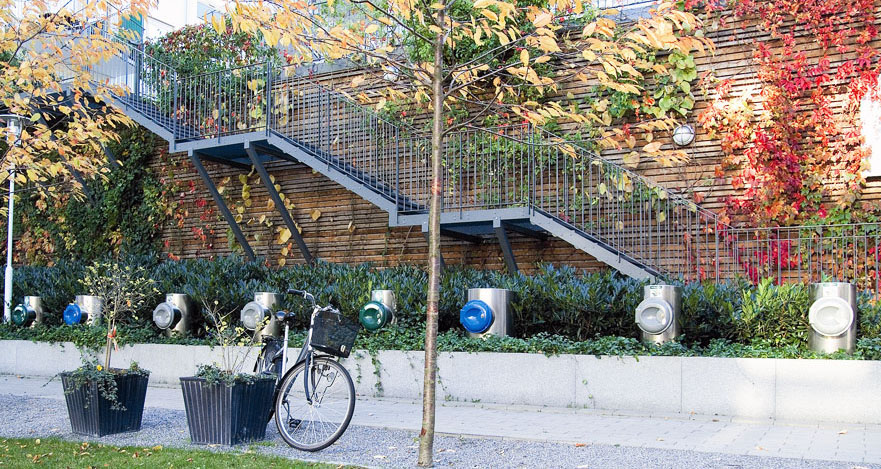Sweden – In conjunction with our visit to Stockholm’s Royal Seaport development, we had an opportunity to learn more about how the district manages its waste collection. As the Royal Seaport aspires to be a global model for sustainable building, its methods of waste management play an important role. The area is serviced by an underground automated vacuum waste collection system suitable for the removal of organics, garbage and recyclable waste. It employs highly pressurized air to transport refuse at high speeds through underground tubes, similar to waste water pipes. Unlike waste water pipes however, these tubes employ sensors to detect any blockages within the system which are easy to clear through the varying of pressure and fans.
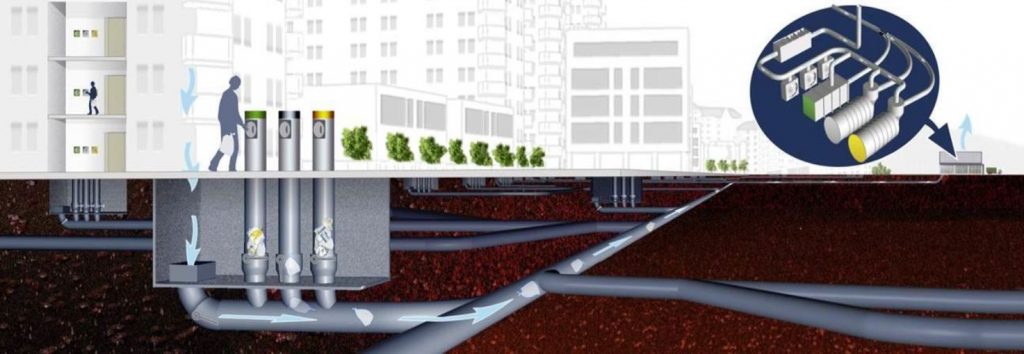
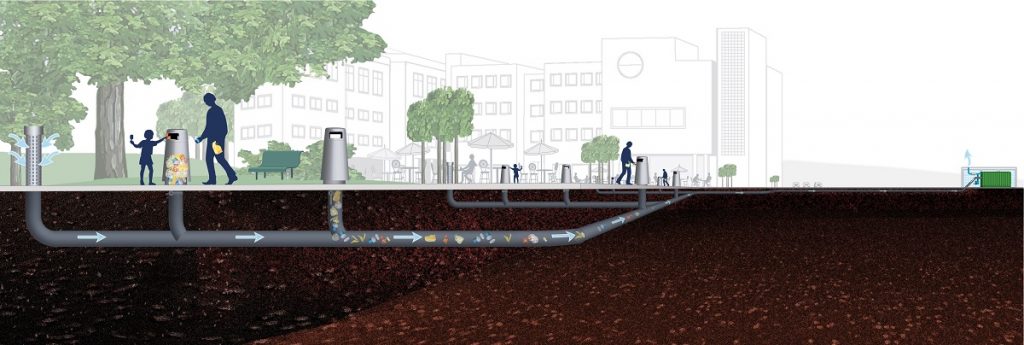
The underground tubes connect to above grade portholes or inlets where residents drop off their waste. These inlets are usually located in outdoor covered areas and are often integrated into the design of their respective buildings.
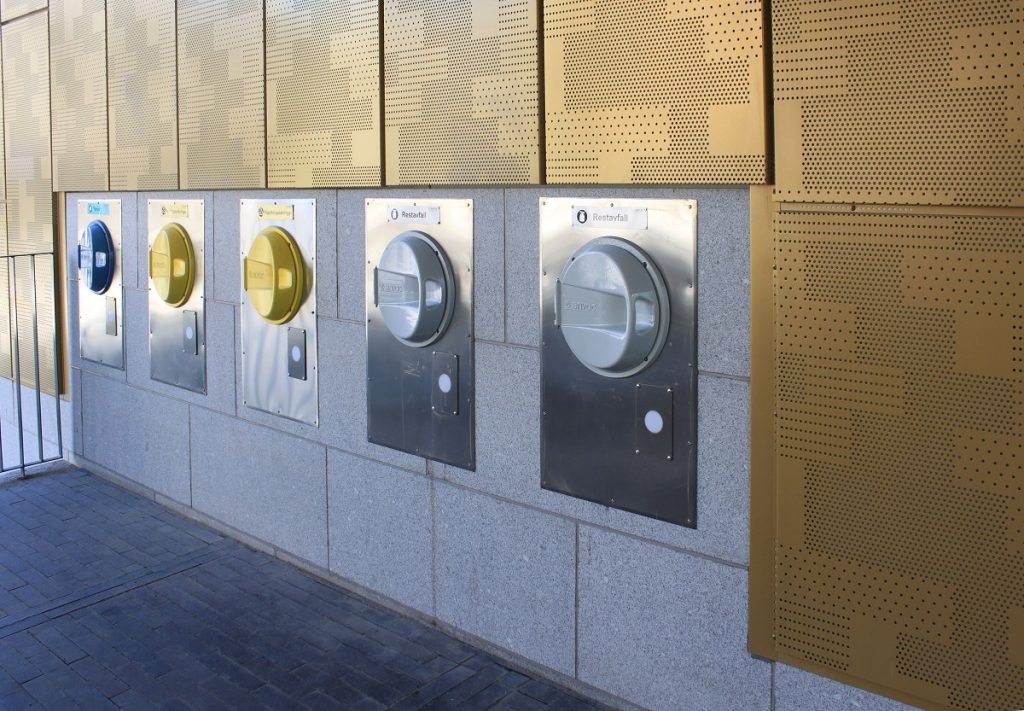
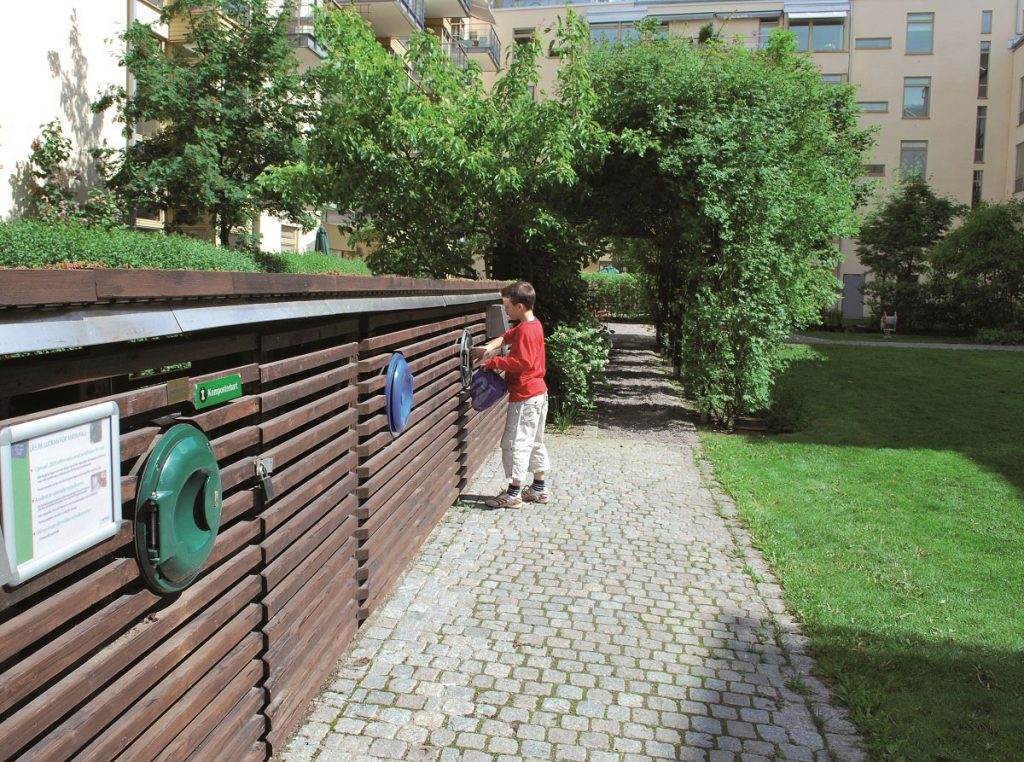
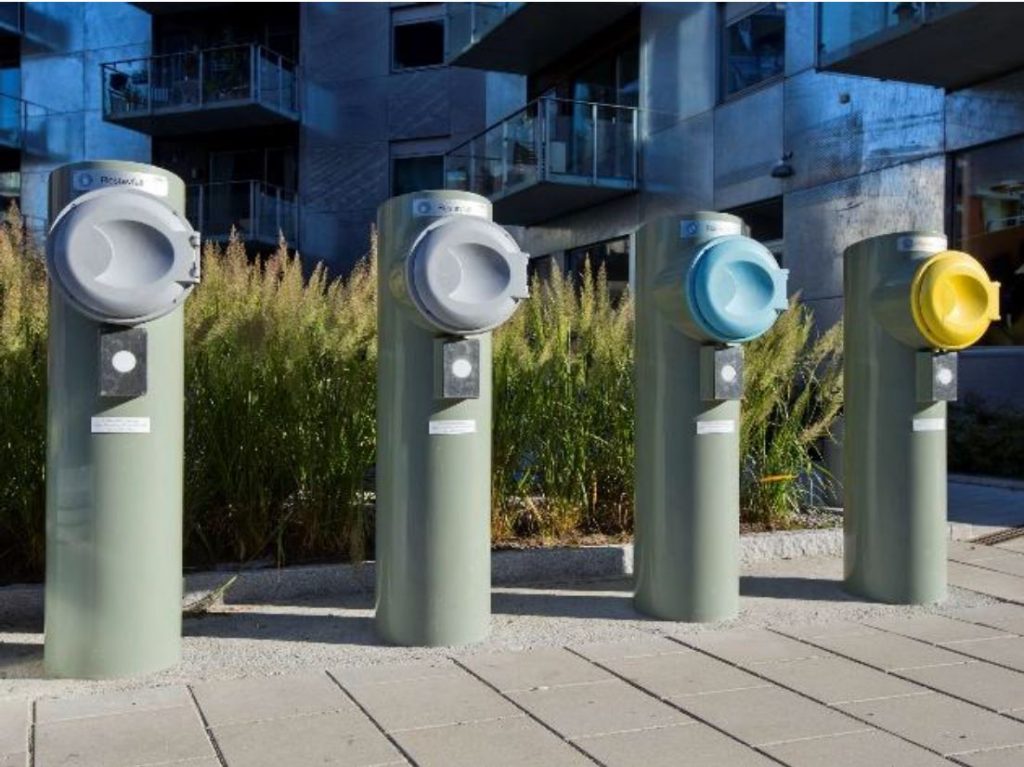
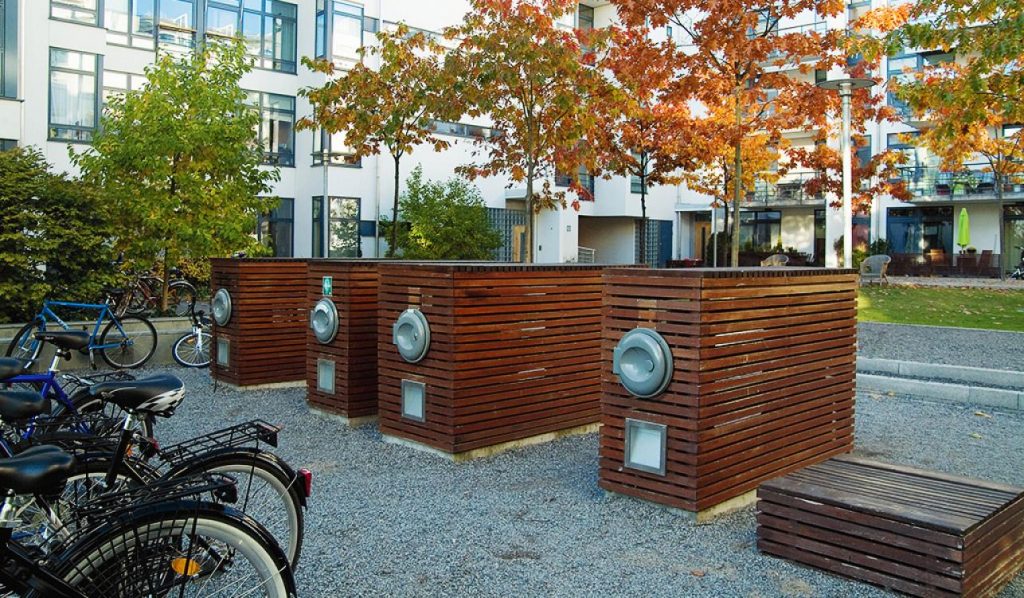
The waste repositories connect to a centralized transfer station located up to 2 km away, with these facilities servicing an area within a 4 km diameter. The three types of waste are collected in containers at the transfer station, which are then transported elsewhere for further processing. General garbage is shipped to an energy plant which burns waste to produce district energy heating, recyclable waste to a recycling plant, and the organics are used for the production of biogas. Additional inlets or containers can easily be added to accommodate for more dwellings; with Stockholm’s largest centralized management station servicing a 20,000-apartment complex. This system is installed and managed by ENVAC which began operations in 1961 and has an established record of projects around the world, including Roosevelt Island, Orlando’s Disneyworld, and an ongoing installment at the Hudson Yards in NYC.
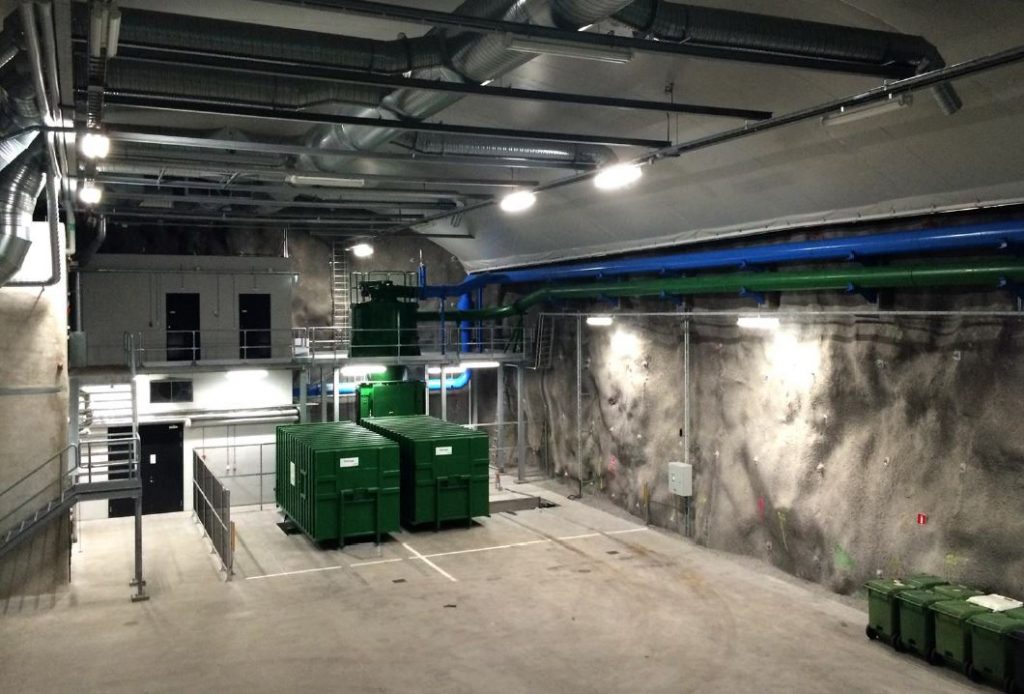
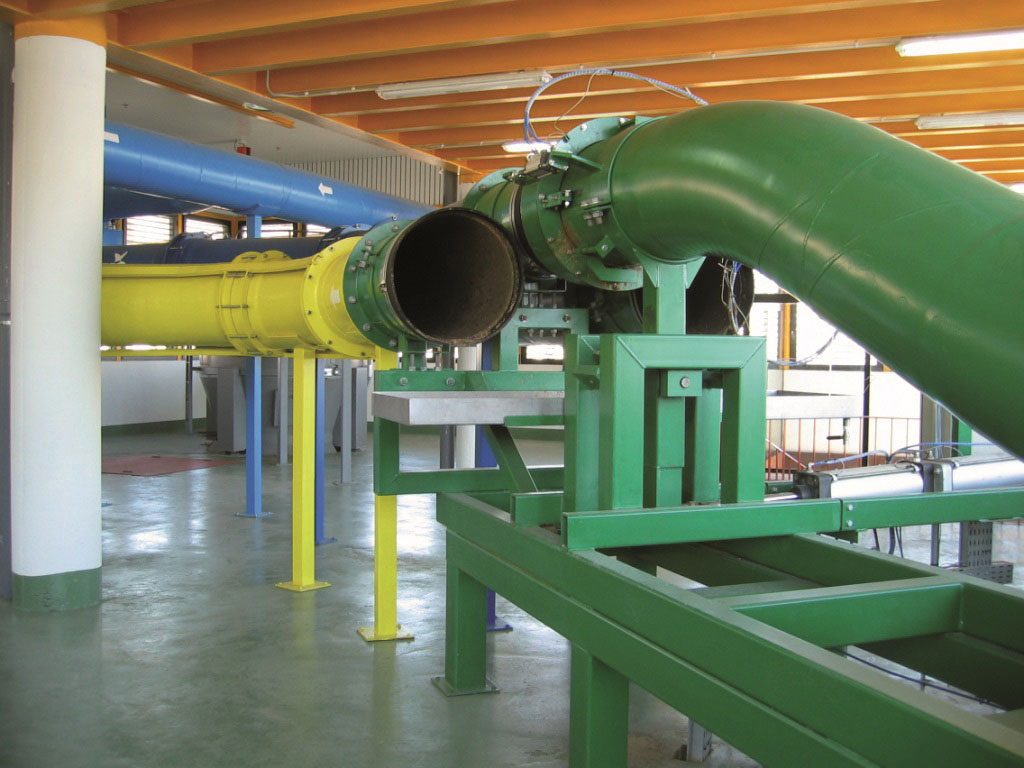
What does this have to do with architecture you may ask? Taking waste management underground has a huge impact on our streets, public spaces and in the way we use spaces within buildings. One of the benefits of employing such a system is that it reduces the amount of area necessary for on-site waste storage (exterior and interior), with the resulting increase in leasable space covering the costs of installing new systems. This has the dual benefit of increasing the amount of usable space within a building as well as freeing up street-level access and frontages for other types of programming such as retail.
Furthermore, waste collection becomes consolidated into a few facilities thus cutting down on street garbage-related litter, noise and smells. In addition to reducing pollution, vehicle congestion and blockage of traffic on narrow streets during collection days, it also results in safer streets for pedestrians and cyclists. And with no need for maintenance staff to deal with waste bins during collection, as is the case with traditional garbage handling. Underground waste collection is the ‘default setting’ for any development in Sweden with 500 – 600 apartments or more.

